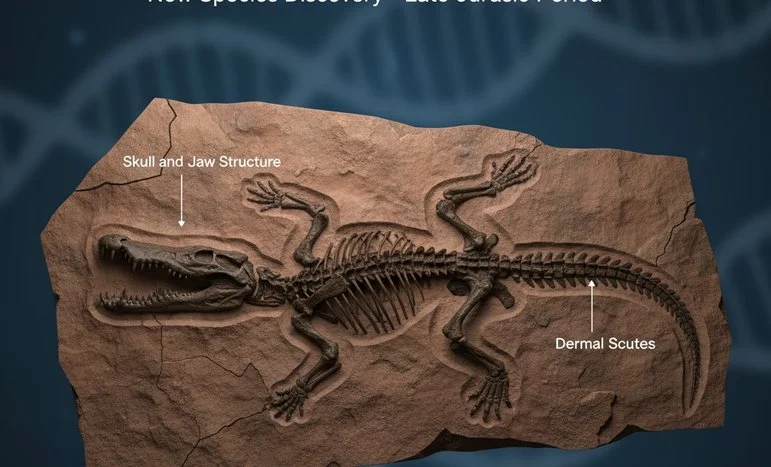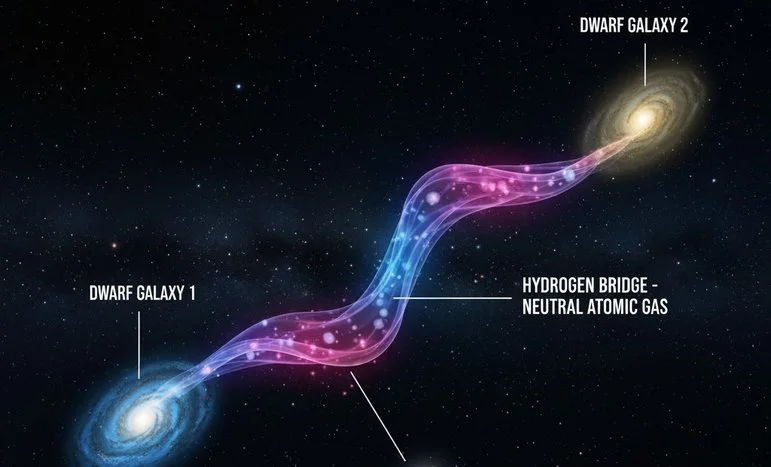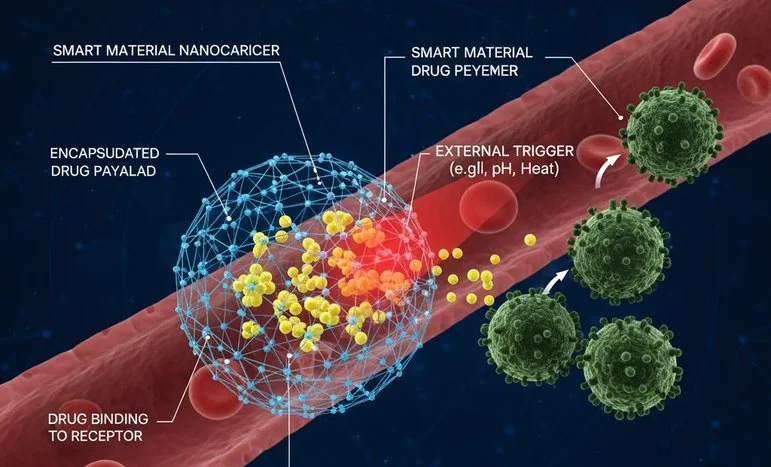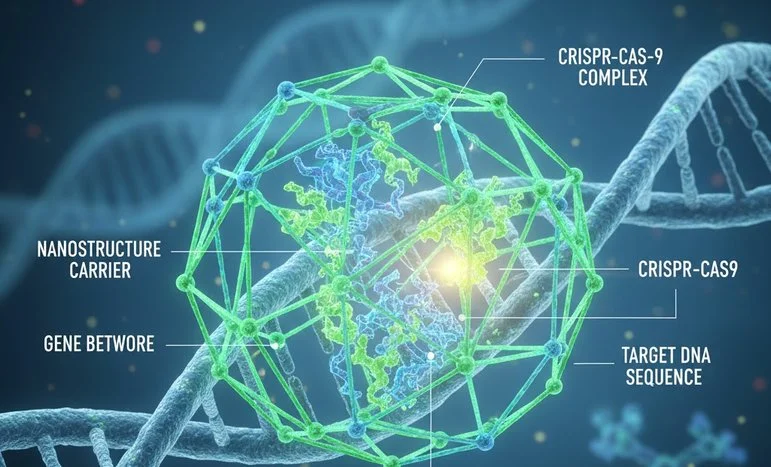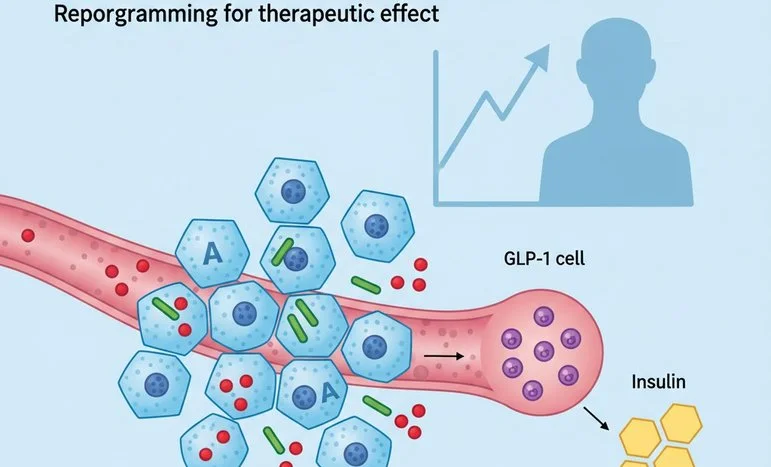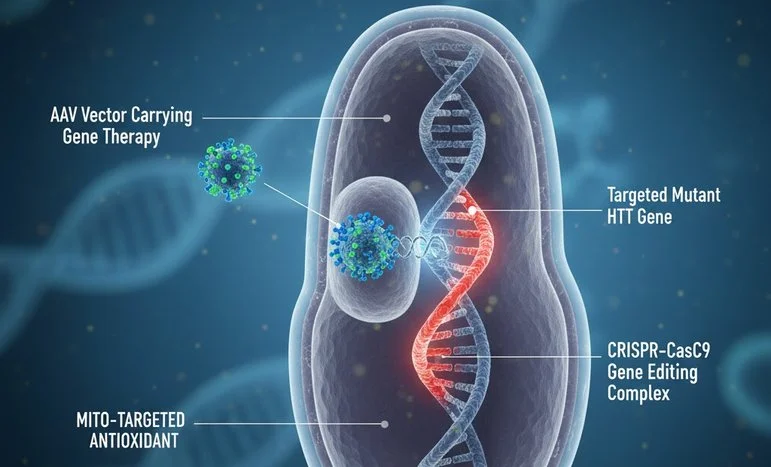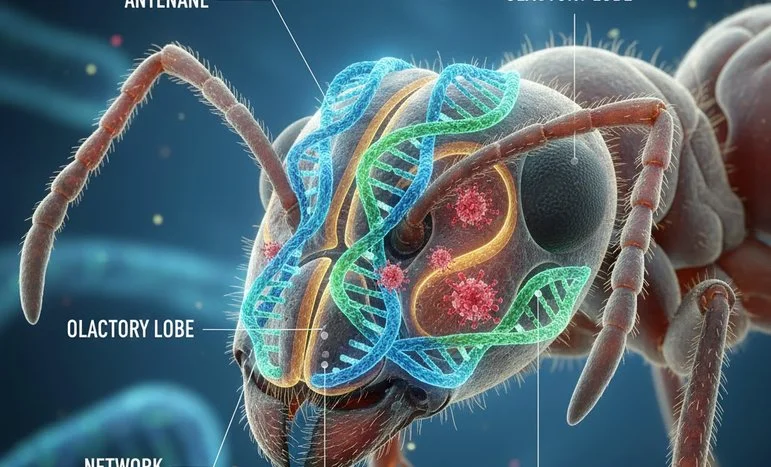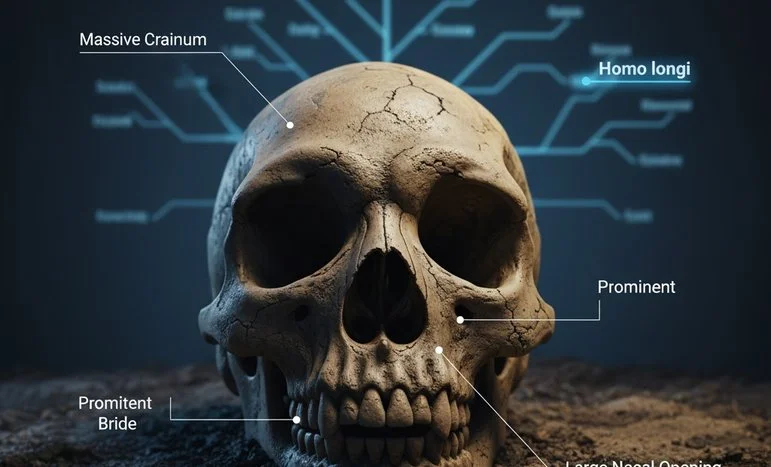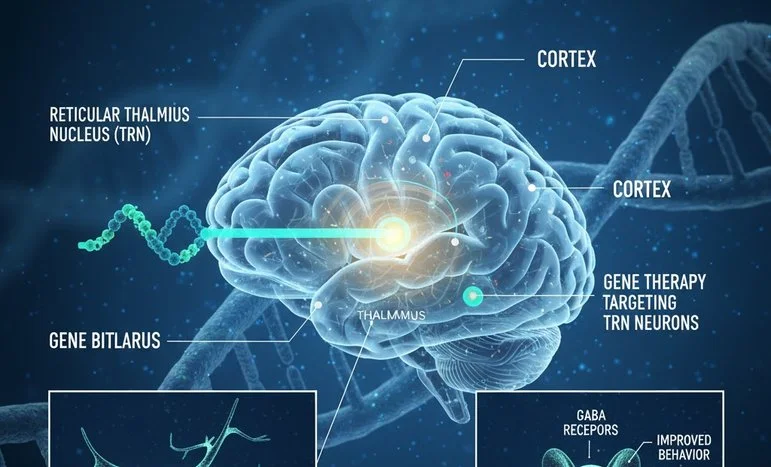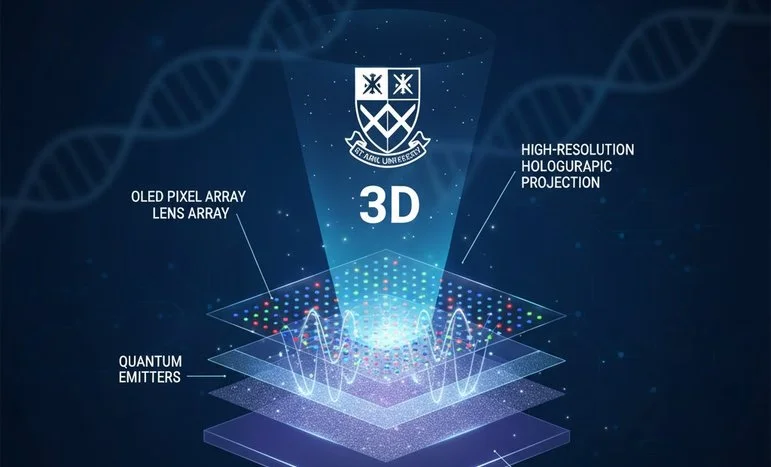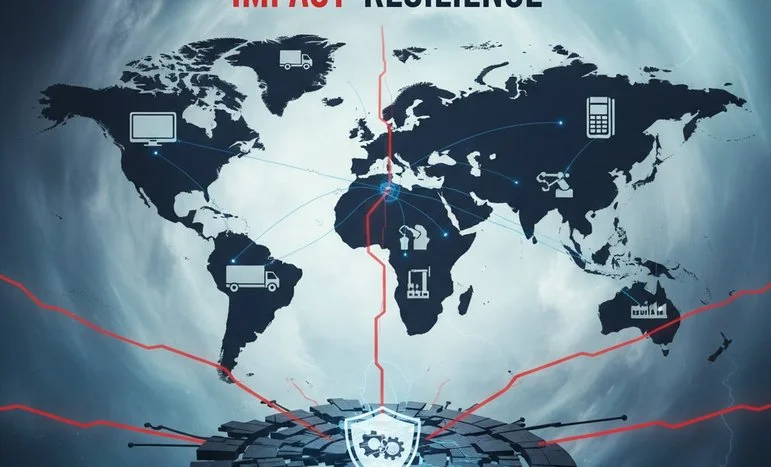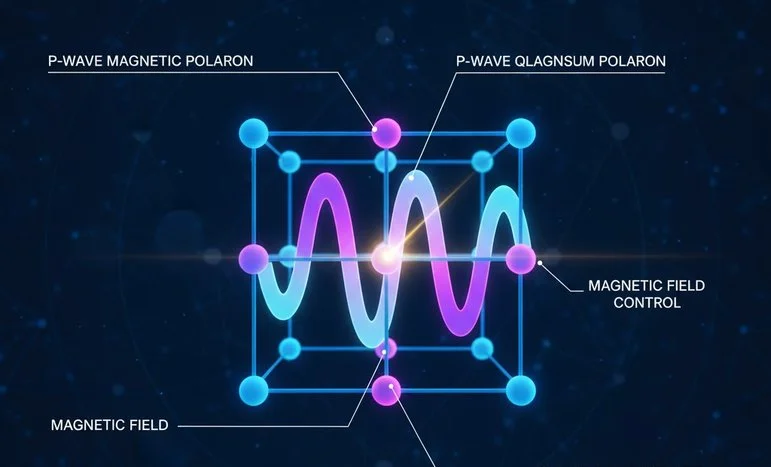
MIT Physicists Discover P-Wave Magnetism for Ultrafast Memory Devices
MIT Physicists Observe P-Wave Magnetism, Advancing Ultrafast Memory Devices
A team of MIT physicists has discovered a new form of magnetism, termed p-wave magnetism, which has profound implications for ultrafast, energy-efficient, and nonvolatile memory devices. This breakthrough represents a significant step forward in next-generation data storage technologies, potentially transforming computing performance and energy consumption.
Understanding P-Wave Magnetism
P-wave magnetism differs fundamentally from conventional magnetism:
- Orbital Angular Momentum: Unlike traditional s-wave or d-wave magnetism, p-wave magnetism involves electron orbitals aligned in a specific directional pattern.
- Ultrafast Switching: The unique magnetic ordering allows rapid changes in magnetic states, enabling faster data writing and retrieval.
- Nonvolatile Properties: Once set, the magnetic state remains stable without power, crucial for memory retention in devices.
This combination of speed, stability, and efficiency makes p-wave magnetism a highly promising candidate for future memory technologies.
Implications for Memory Devices
Conventional memory systems, such as DRAM and flash storage, face limitations in speed, energy consumption, and volatility. P-wave magnetic materials could address these challenges:
- Ultrafast Operations: Magnetic states can switch in picoseconds, vastly outperforming current memory technologies.
- Energy Efficiency: Reduced energy required for writing and erasing data decreases operational power demands.
- Nonvolatility: Memory retains information without continuous power, ideal for low-energy computing environments.
- Scalability: Potential for miniaturized devices while maintaining magnetic stability.
By integrating p-wave magnetism into memory architectures, engineers could achieve faster, greener, and more reliable computing systems.
Research Methodology
The MIT team employed advanced techniques to identify and characterize p-wave magnetism:
- Synchrotron X-ray spectroscopy: To probe the orbital magnetic ordering at atomic resolution.
- Neutron scattering experiments: Detecting directional spin alignments indicative of p-wave behavior.
- First-principles simulations: Modeling electronic structures to predict stability and switching characteristics.
These methods provided comprehensive insights into both the fundamental physics and practical potential of the new magnetic phase.
Potential Applications
P-wave magnetism could revolutionize multiple technological domains:
- Data Storage: Next-generation magnetoresistive random-access memory (MRAM) and spintronic devices.
- Energy-Efficient Computing: Reducing power consumption in high-performance and portable computing systems.
- Quantum Information Processing: Directional magnetic states may enable novel quantum memory architectures.
- Wearable and IoT Devices: Nonvolatile and low-energy memory is ideal for sensors and embedded devices.
Challenges Ahead
Despite its promise, p-wave magnetism faces several hurdles before widespread implementation:
- Material Fabrication: Producing stable p-wave magnetic materials at scale remains a technical challenge.
- Integration: Incorporating p-wave materials into existing semiconductor processes requires innovative engineering solutions.
- Thermal Stability: Ensuring magnetic states remain robust under operating temperatures typical for electronic devices.
- Cost Considerations: Scaling the technology while keeping costs competitive with existing memory systems.
Future Directions
Researchers plan to explore:
- Material Optimization: Identifying compounds with strong p-wave ordering and enhanced switching speeds.
- Device Prototyping: Fabricating memory prototypes to test real-world performance metrics.
- Hybrid Architectures: Combining p-wave magnetic memory with conventional computing elements for optimal efficiency.
- Fundamental Physics Studies: Further investigation into the mechanisms underlying p-wave magnetic interactions.
The discovery of p-wave magnetism at MIT opens exciting possibilities for ultrafast, energy-efficient, and nonvolatile memory technologies. By leveraging directional magnetic ordering, researchers are poised to redefine the future of data storage and computing, offering faster, greener, and more reliable solutions for an increasingly digital world. This innovation underscores the synergy between fundamental physics and practical technological advancement, demonstrating how cutting-edge research can translate into transformative applications.
We appreciate that not everyone can afford to pay for Views right now. That’s why we choose to keep our journalism open for everyone. If this is you, please continue to read for free.
But if you can, can we count on your support at this perilous time? Here are three good reasons to make the choice to fund us today.
1. Our quality, investigative journalism is a scrutinising force.
2. We are independent and have no billionaire owner controlling what we do, so your money directly powers our reporting.
3. It doesn’t cost much, and takes less time than it took to read this message.
Choose to support open, independent journalism on a monthly basis. Thank you.
